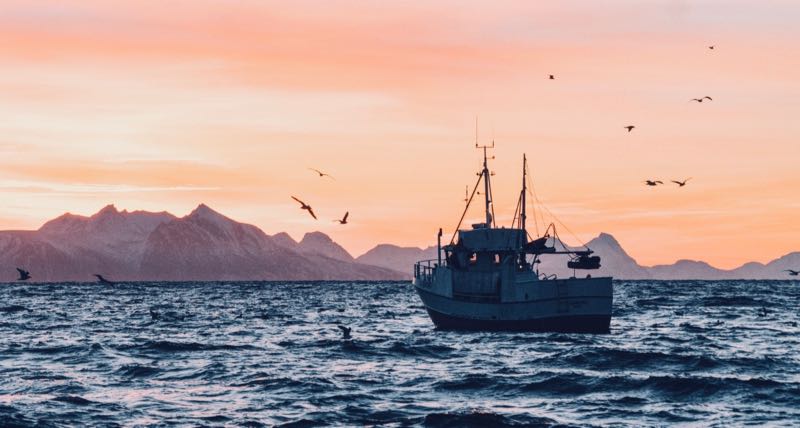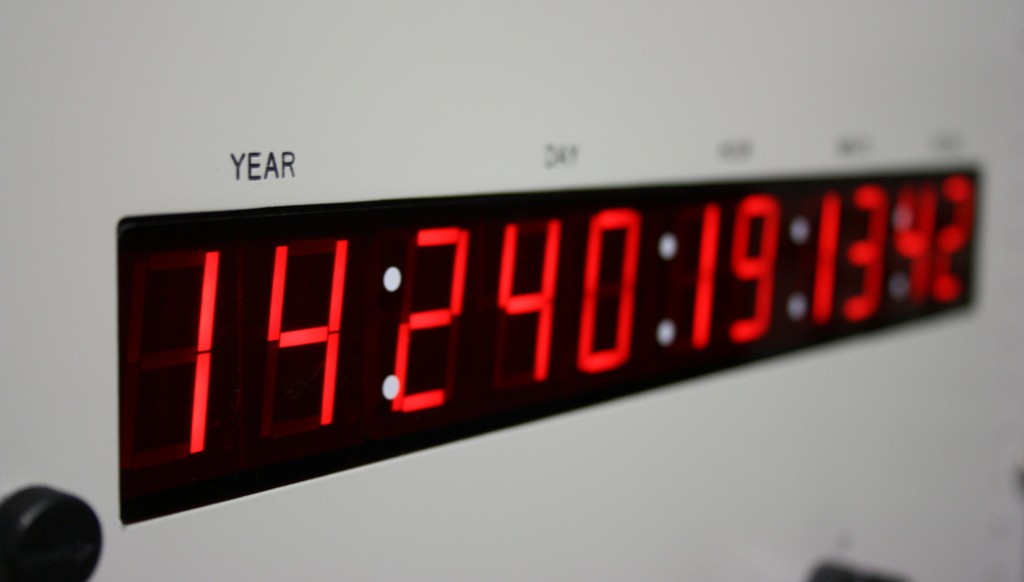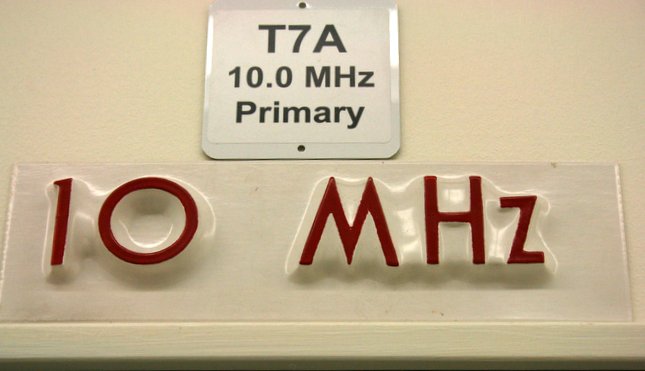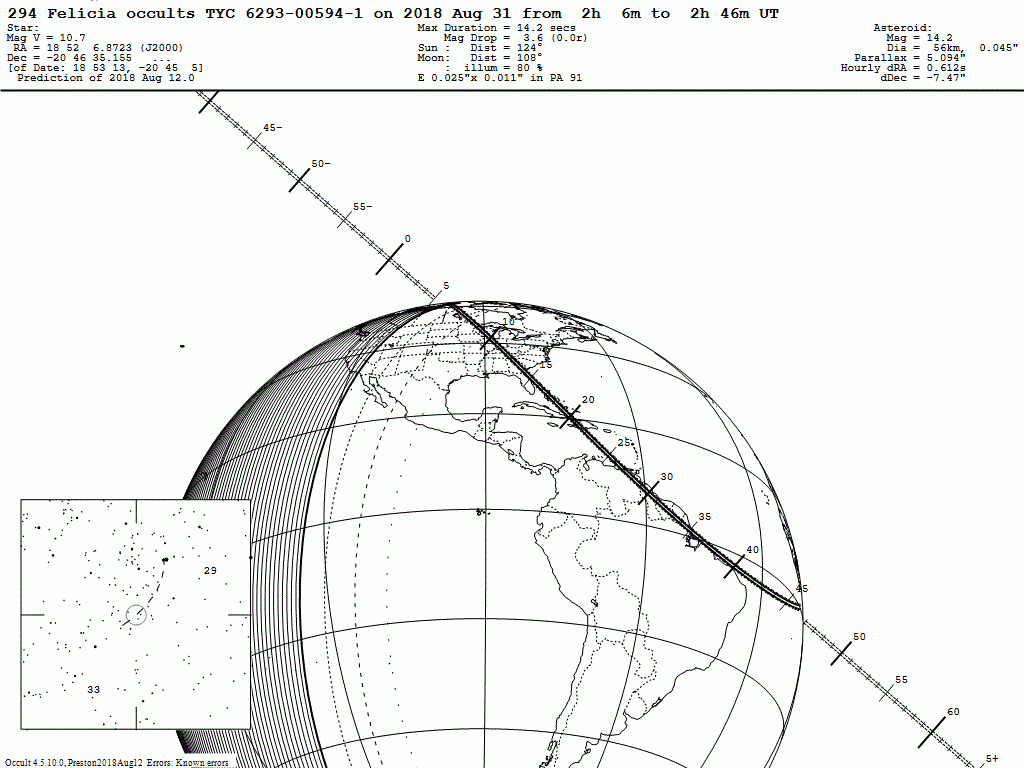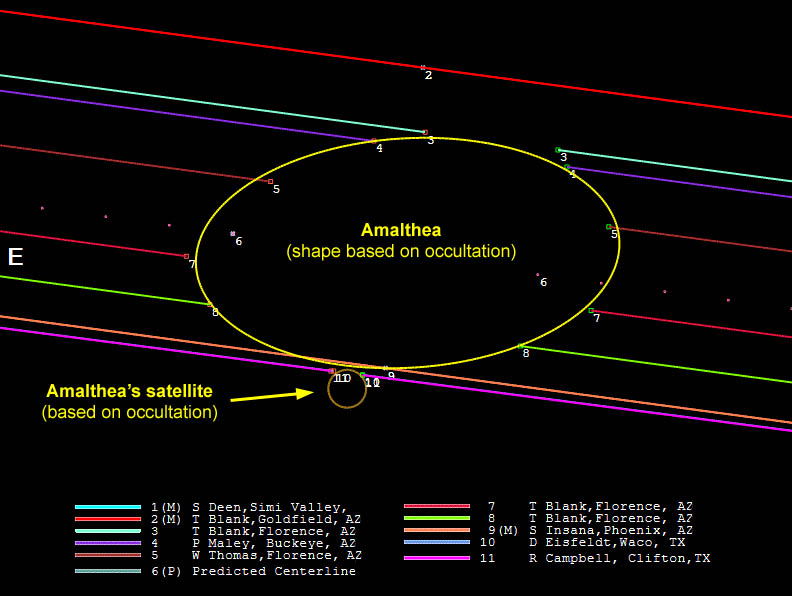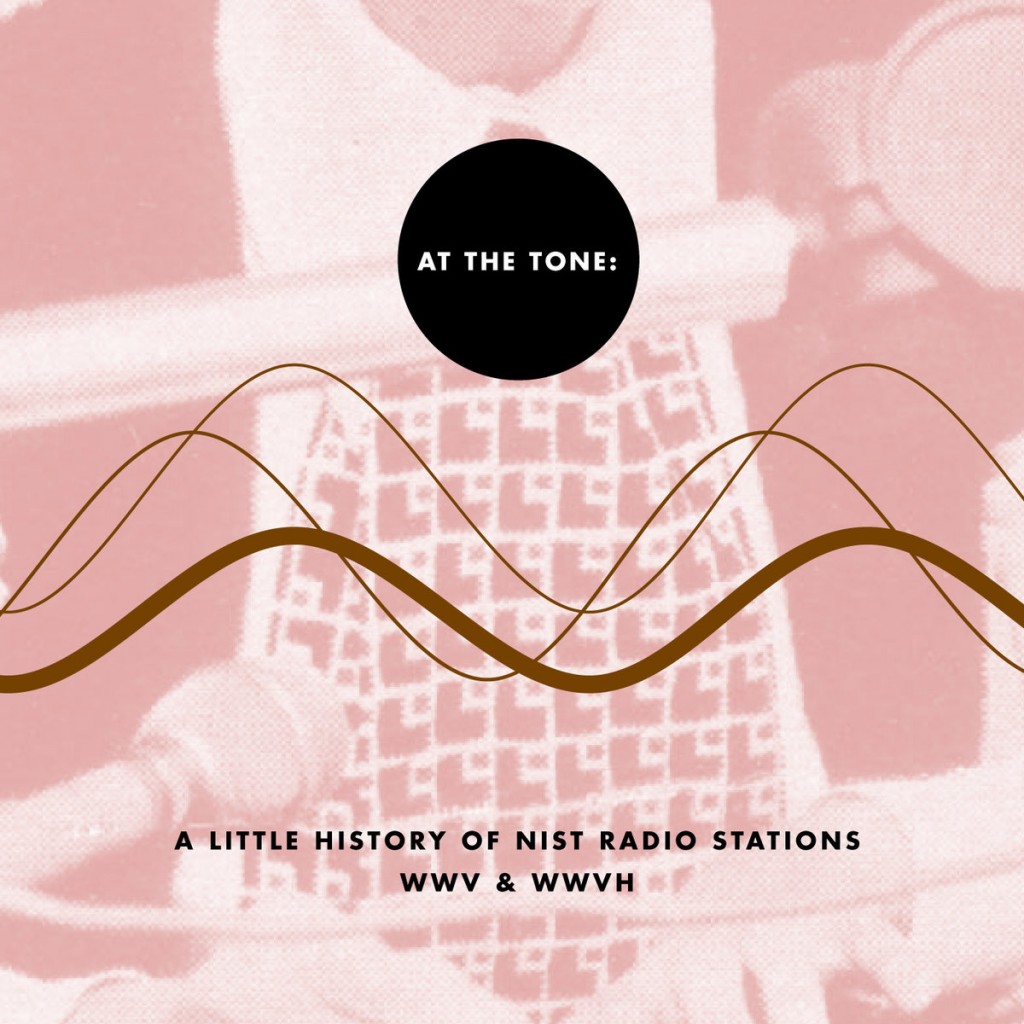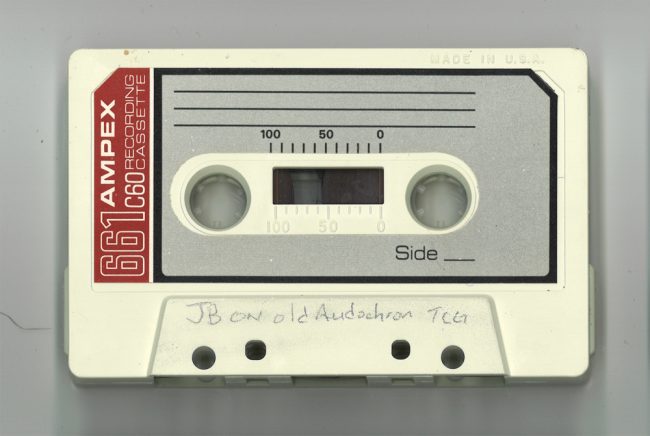Many thanks to SWLing Post contributor, Mohamed, who comments with an update about the loss of NWS High Seas and Storm Warnings on WWV and WWVH. Mohamed writes:
The decision to terminate the broadcasts has not been retracted. It has only been delayed to January 31, 2019:
(Source: National Weather Service)
NOUS41 KWBC 151610
PNSWSHService Change Notice 18-102
National Weather Service Headquarters Silver Spring MD 1210 PM EST Thu Nov 15 2018To: Subscribers:
-NOAA Weather Wire Service-Emergency Managers Weather Information Network -NOAAPORT
Other NWS Partners, Users and EmployeesFrom: Craig Hodan, Chief Dissemination Systems Branch
Subject: Discontinuation of NWS High Seas and Storm Warnings
over NIST Time Frequency Broadcasts Effective January 31, 2019Effective Thursday, January 31, 2019, at 200 pm Eastern Standard Time (EST) or 1800 Coordinated Universal Time (UTC), the NWS will discontinue dissemination of High Seas and Storm Warnings portion of the National Institutes of Science and Technology (NIST) time frequency broadcasts as issued by WWV and WWVH “shortwave” radio covering the Atlantic, Gulf of Mexico and the Pacific.
This service is being terminated because weather information in the current broadcast format does not support frequent enough updates for changes in marine weather and cannot provide enough detail in the allotted window required by mariners to avoid hazardous weather. Additionally, alternative technologies and numerous media outlets that provide weather information in various formats have overtaken the need for providing weather information through the NIST frequency signals.
Other sources of marine weather and high seas alerts and detailed forecasts are available over satellite, telephone, the Internet, Marine Fax, Radio Fax and VHF radio. Currently the NWS, U.S. Coast Guard (USCG), and the U.S. Navy (USN) provide multiple dissemination methods for storm positioning, high sea areas, observations, forecasts, outlooks and warnings for both coastal and oceanic marine zones near the United States using Navigational Telex (NAVTEX), Global Maritime Distress and Safety System (GMDSS) and High Seas SImplex Teletype Over Radio (HFSITOR) in compliance with World Meteorological Organization (WMO) policies and the International Safety of Life at Sea (SOLAS) Convention.
Please refer to the following websites for more information on how to use these technologies:1. http://www.nws.noaa.gov/om/marine/navtex.htm (NAVTEX)
2. http://www.nws.noaa.gov/om/marine/gmdss.htm (GMDSS)
3. http://www.nws.noaa.gov/om/marine/hfsitor.htm HFSITOR)
4. http://www.nws.noaa.gov/om/marine/inmarsat.htm (SAFETYNET)
5. http://www.nws.noaa.gov/os/marine/vhfvoice.htm (USCG VHF)
For additional information, please contact:
Gregory Zwicker
National Weather Service
Dissemination Systems Branch
301-427-9682
[email protected]National Service Change Notices are online at:
https://www.weather.gov/notification/
NNNN

